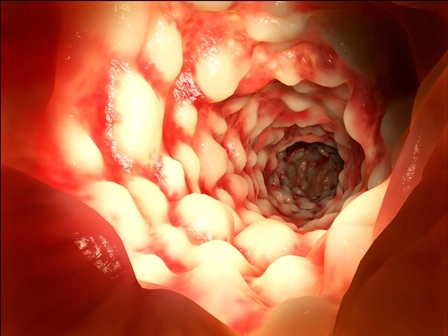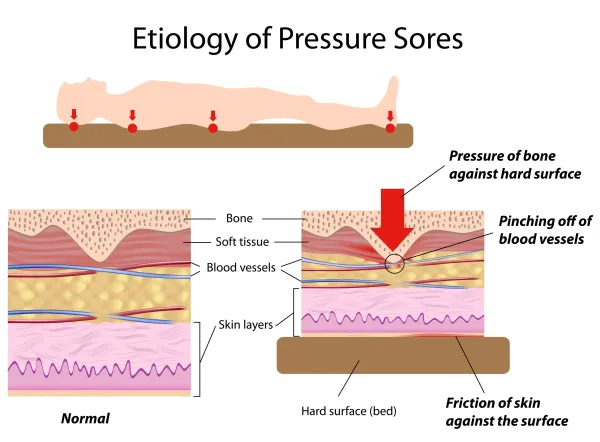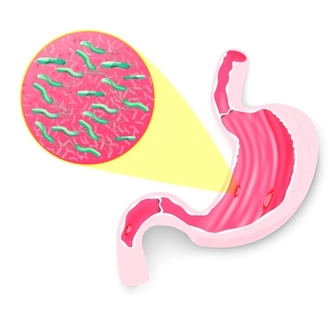Brush Away Ambiguity With a Succinct ICD-10 Code for Pressure Ulcer

Find stage, location, and side in one code for pressure ulcer.
The codes for pressure ulcers are one of the great improvements you’ll find as you make the transition to ICD-10. The new code set will combine the stage and location of pressure ulcers into one code, plus allow you to indicate the side affected. With the greater specificity of the codes in ICD-10, you can report the specific site and stage of the ulcer succinctly and completely using just one code.
However, how do you report ulcers in separate locations of the same stage or separate stages in the same location? Our two scenarios show you how.
Scenario 1: A patient has two pressure ulcers in separate locations (left hip and left buttock) and both ulcers are stage II. The software does not allow us to enter the stage code twice, but according to coding conventions, we need to enter the stage code immediately after the location code. How can this be handled?
To code ulcers in separate location and both ulcers at the same stage, list the following codes under ICD-9:
When using ICD-10, you will report:
And, to code for two stage III pressure ulcers on the buttocks, one on each side, in ICD-10, you will report L89.313 (Pressure ulcer of right buttock, stage 3) for the right side and L89.323 (Pressure ulcer of left buttock, stage 3) for the left side.
Scenario 2: If your patient has two pressure ulcers on the buttock (707.05), with one classified as stage III and the other as stage II. You would list the location first followed by the stage. Your current coding would look like this:
You cannot repeat the codes to indicate there is more than one pressure ulcer in the same location.
For ICD-10, this will change to:




